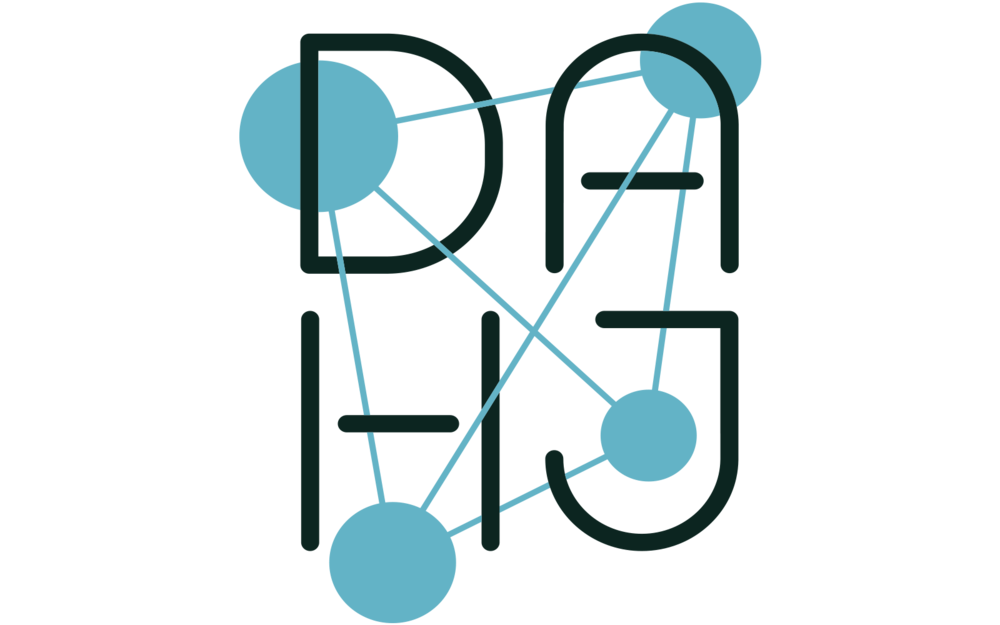Abstract
AI has become an increasingly prevalent tool for researchers working in Digital Art History. The promise of AI is great, but so are the ethical and intellectual issues it raises. Here we propose 10 axioms related to the use of AI in art historical research that scholars should consider when embarking on such projects, and we make some proposals for how these axioms might be integrated into disciplinary conversations.
DOI: https://doi.org/10.11588/dah.2023.9.90400
AuthorS
Sonja Drimmer
is Associate Professor of Medieval Art in the Department of the History of Art and Architecture at the University of Massachusetts Amherst. Her research is chiefly concerned with the book arts of the Middle Ages, addressing in particular issues of mediation, collaborative production, and replication. She is the author of The Art of Allusion: Illuminators and the Making of English Literature, 1403–1476 (University of Pennsylvania, 2018), which received High Commendation for Exemplary Scholarship from the Historians of British Art.
Christopher J. Nygren
is associate professor of early modern art in the Department of the History of Art and Architecture at the University of Pittsburgh. In 2022, his book, Titian’s Icons: Charisma, Tradition, and Devotion in the Italian Renaissance (Penn State, 2020), won the Phyllis Goodhart Gordan Prize for best book in Renaissance studies from the Renaissance Society of America. Prof. Nygren is also developing several collaborative research projects, including in the Digital Humanities. From 2017 to 2019 he served as Principal Investigator on “The Morelli Machine,” a project funded by the National Science Foundation that sought to examine whether computational methods might be used in the attribution of old master paintings.

